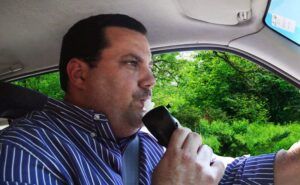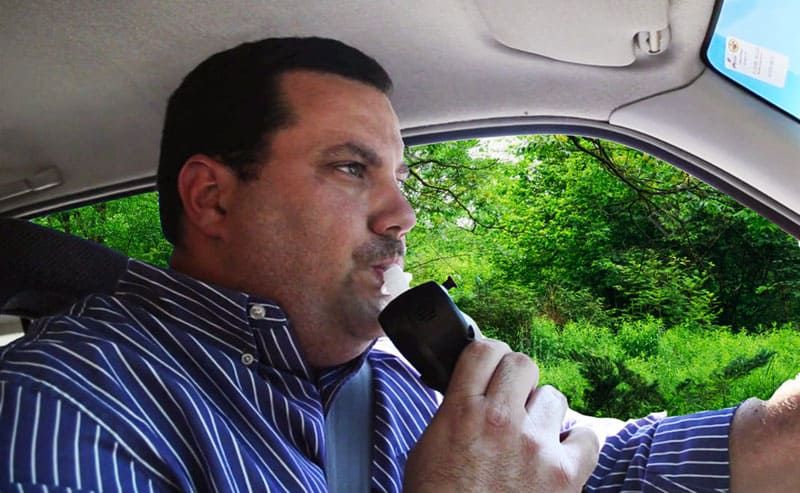 As with any type of new technology, before people would believe ignition interlocks really worked, they had to actually see them installed in vehicles, saving lives. That’s when more and more states jumped on board with ignition interlock laws for repeat offenders.
As with any type of new technology, before people would believe ignition interlocks really worked, they had to actually see them installed in vehicles, saving lives. That’s when more and more states jumped on board with ignition interlock laws for repeat offenders.
It didn’t take long before Mothers Against Drunk Driving (MADD) stood up and asked all states to require all convicted offenders to install an ignition interlock device in any vehicle they drive. By requiring all offenders to install ignition interlocks, MADD has long believed you can stop a drunk driver from becoming a repeat offender.
By requiring ignition interlocks for all offenders, you can also take those offenders who would normally drive on a suspended driver’s license off the road. Here’s a look at how and why interlocks work.
How ignition interlocks work
When someone has an ignition interlock installed in his or her vehicle, that person is required to blow into a small tube attached to the interlock device. If the interlock does not detect alcohol in the person’s breath, the vehicle will start with no problem. While the person is driving, the interlock device may require what’s known as a rolling retest. The person driving would blow again into the tube to keep the engine running.
If the ignition interlock detects alcohol? It’s pretty simple: the car won’t start. If the person manages to get the vehicle started, is driving it, and fails the rolling retest, they’ll have time to safely pull over to the side of the road before the vehicle will honk and shut off.
Why ignition interlocks work
Drunk driving is a preventable crime, and it’s pretty simple: ignition interlocks are the only device that can stop a drunk driver from driving. To back up their effectiveness MADD recently released a report that showed how ignition interlocks saved 1.77 million potential drunk drivers from starting their vehicle.
That’s almost two million attempts by a drunk driver who could have easily driven on to crash into another car and injure or kill someone, and that’s almost two million examples of why ignition interlocks work to stop drunk drivers. With data like that, it’s hard to argue against their effectiveness, and hopefully we’ll soon see the day when all states require interlocks for all offenders.
